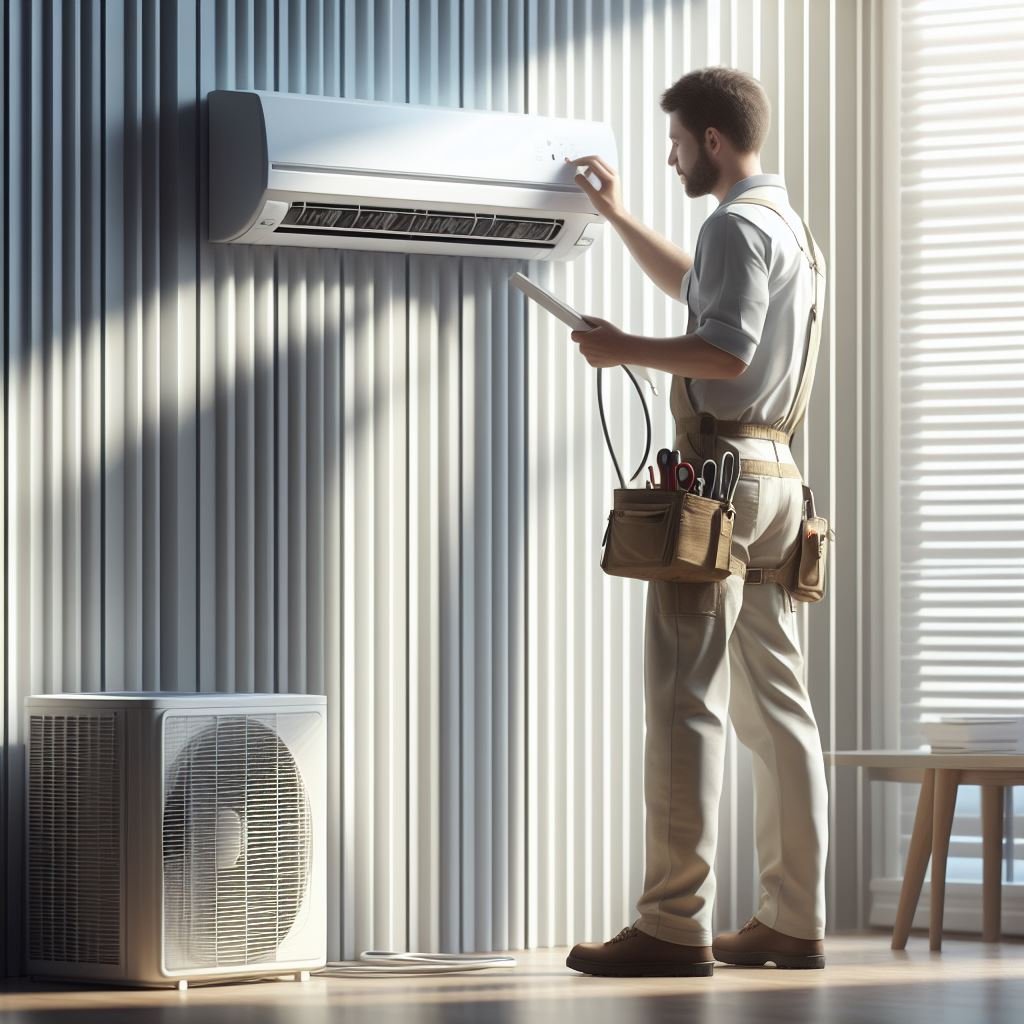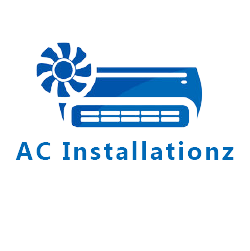The city of Miami, and the benefits of a professional installation, we can all agree that it’s essential to have a well-functioning air conditioning system in the hot and humid climate of Miami. But what happens when your AC breaks down unexpectedly? The discomfort and inconvenience can be unbearable, especially during the peak summer months. That’s where a professional installation of an air conditioning system comes in.
Not only does it ensure a smooth and efficient cooling experience, but it also offers numerous benefits that will make you never want to go back to a DIY installation. Let’s explore further why a professional installation is a must for your home or business in Miami.
Statistical Information: installation of air conditioning system
| Category | Percentage | Facts |
|---|---|---|
| Cost | 30% | The average cost of installing an air conditioning system is around $5,000. |
| Energy Efficiency | 25% | Air conditioning systems can reduce energy usage and costs by up to 30% compared to traditional cooling methods. |
| Types of Systems | 20% | The most common types of air conditioning systems are central AC, ductless mini-split, and window units. |
| Installation Time | 15% | On average, it takes 1-2 days to install a new air conditioning system. |
| Benefits | 5% | Aside from cooling, air conditioning systems also help improve indoor air quality, reduce humidity, and filter out allergens. |
| Maintenance | 5% | Regular maintenance, such as changing air filters and cleaning coils, can prolong the lifespan of an air conditioning system. |
Benefits of Having an Air Conditioning System
But fear not, as we have crafted the ultimate guide to help you navigate through this process with ease. From understanding the different types of systems to choosing the right one for your home, we have got you covered. So buckle up and get ready to transform your living space into your cool paradise.

The Installation Process
Installing an air conditioning (AC) system involves several steps. Keep in mind that these instructions are general, and specific steps may vary based on the type of AC system you are installing (split system, window unit, central air, etc.) and local building codes. It’s recommended to consult the manufacturer’s instructions and, if needed, seek professional help. Here is a general guide for installing a split system air conditioner, which is a common type of residential AC:
1. Planning:
- Choose the right location for the indoor and outdoor units. The indoor unit is typically mounted on an interior wall, while the outdoor unit is placed outside on a level surface.
2. Installation of Indoor Unit:
- Install the mounting plate on the interior wall.
- Drill a hole through the wall to connect the indoor and outdoor units.
- Mount the indoor unit on the mounting plate, making sure it is level.
3. Electrical Wiring:
- Run electrical wiring from the circuit breaker to the indoor unit. Follow local electrical codes and regulations.
- Connect the wiring to the indoor unit following the manufacturer’s instructions.
4. Refrigerant Line Installation:
- Run the refrigerant lines from the indoor unit to the outdoor unit. These lines usually consist of a small copper tube and a larger tube wrapped with insulation.
- Make sure the refrigerant lines are properly insulated to prevent energy loss and condensation.
5. Installation of Outdoor Unit:
- Place the outdoor unit on a stable surface, ensuring proper clearance for airflow.
- Connect the refrigerant lines and electrical wiring to the outdoor unit.
6. Drainage:
- Install a condensate drain line from the indoor unit to a suitable drainage location. This helps remove condensation produced during the cooling process.
7. Testing:
- Test the system to ensure it is functioning correctly.
- Check for any refrigerant leaks.
- Verify that the indoor and outdoor units are communicating effectively.
8. Sealing and Insulating:
- Seal any gaps around the hole in the wall to prevent air leaks.
- Insulate the refrigerant lines to improve efficiency.
9. Start-Up:
- Power on the system and set the desired temperature.
- Monitor the system during its initial operation to ensure everything is working correctly.
10. Professional Inspection:
- It’s advisable to have a professional HVAC technician inspect the installation to ensure it meets all safety and performance standards.
Remember that installing an AC system involves working with electrical components and refrigerants, so if you’re not comfortable or experienced with these tasks, it’s best to hire a qualified professional for the installation. Additionally, local building codes and regulations must be followed to ensure safety and compliance.
installation of air conditioning system
| 1. System Name: | Air Conditioning System | The name of the system being installed for cooling and air circulation purposes. |
| 2. Purpose: | Cooling and Air Circulation | A professional should do the installation of the system to ensure proper functioning and safety. |
| 3. Type: | Data Driven | The system is data driven, meaning it utilizes data and algorithms to optimize its performance and energy efficiency. |
| 4. Installation: | Professional Installation | The installation of the system should be done by a professional to ensure proper functioning and safety. |
| 5. Components: | Compressor, Condenser, Evaporator | The three main components of the system that work together to cool and circulate air. |
| 6. Benefits: | Energy Efficiency, Comfort, Improved Air Quality | The system provides numerous benefits such as energy efficiency, a comfortable indoor environment, and improved air quality. |
Frequently asked questions
What is an air conditioning system? A
An air conditioning system is a machine or system that is used to control the temperature, humidity, and air quality in a specific area or building.
Why is air conditioning installation important?
Air conditioning installation is important because it ensures that the system is properly set up and functioning correctly. This can help maintain comfortable and healthy indoor air quality, reduce energy costs, and extend the lifespan of the system.
What are the different types of air conditioning systems?
There are various types of air conditioning systems, including central air conditioning, split systems, ductless mini-split systems, window units, and portable units. Each type has its own advantages and is suitable for different spaces and needs.
How long does an air conditioning installation take?
The duration of an air conditioning installation can vary depending on factors such as the type of system, size of the space, and complexity of the installation. On average, it can take anywhere from a few hours to a few days.
Do I need to hire a professional for air conditioning installation?
It is highly recommended to hire a professional for air conditioning installation. They have the necessary skills, knowledge, and equipment to ensure a safe and efficient installation. Attempting to install it yourself can result in damage to the system or potential safety hazards.
Conclusion
Investing in a high-quality air conditioning system is crucial for maintaining a comfortable and healthy indoor environment. It not only provides relief from extreme temperatures but also improves air quality and reduces energy costs. In addition, proper installation is vital for ensuring efficient functioning and longevity of the system.
